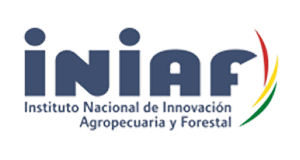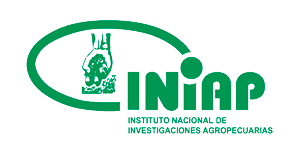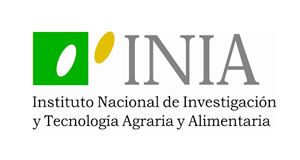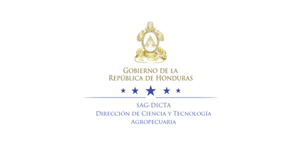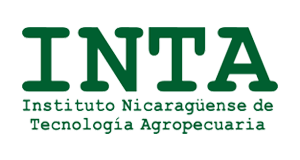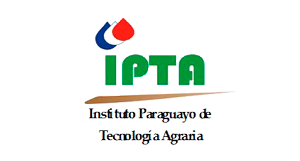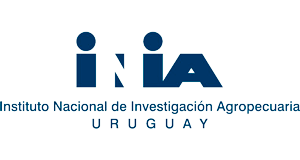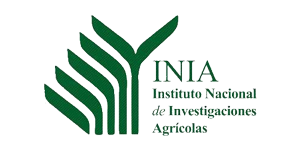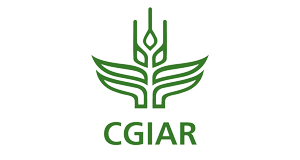Climate technology transfer: regional mechanisms and networks
An initiative to promote the development and transfer of environmentally sound technologies that contribute to reducing vulnerability to climate change in the agricultural sector of Latin America and the Caribbean.
Context of the story
Climate change will affect large areas of Latin America and the Caribbean (LAC), mainly due to rising temperatures, and variations in the intensity and frequency of rainfall, which will have effects on productivity and the appearance of new pests and diseases. The most vulnerable will be the family farmers who are the majority. The effects will be different according to the subregions, with Mesoamerica, the Andean region and the Northeast of Brazil being the most affected. On the other hand, it is estimated that, in the next 30 years, the demand for food will increase due to population growth, income improvements and urbanization. Additionally, LAC is a net food exporter and will contribute increasingly to the global demand for food.
Developing environmentally sound technologies
The implemented initiative
To address these challenges, FONTAGRO, the Global Environment Facility (GEF) and the IDB established a regional project. Its objective was to promote the development and transfer of environmentally sound technologies to reduce vulnerability to climate change in the agricultural sector. The project had the following components: strengthening of regional networks, establishment of pilot initiatives in technology transfer mechanisms, and leverage of public and private investments. The project was implemented in partnership with national, regional, and international organizations and involved 25 countries.
Joining capabilities
The technological solution
Four symposia and technical meetings were organized involving a total of 272 scientists from 23 countries to review and analyze progress and results, and agree on priority activities.
The databases of CCAFS and Agriprofiles were complemented to have a better inventory of scientific and institutional capacities in environmentally sound technologies. A survey of capacities of agricultural innovation institutes in the region on the subject was conducted. A study on agricultural and livestock technologies for adaptation to climate change was contracted. A regional platform for sustainable livestock intensification was supported, involving more than 600 participants from 25 countries. A competition to select and document cases of successful innovations to reduce vulnerability of family agriculture to climate change was organized. Also, a competitive process for developing innovations was implemented. A knowledge management and communications strategy was implemented with the main strategic partners in the region. Four prefeasibility studies were supported to leverage investments for scaling-up environmetally sound technologies.
The competition on succesful cases has allowed us to publicize our innovations widely and develop new alliances inside and outside the country
Participating countries
Results
It was estimated that climate change will affect potatoes, wheat, tomatoes and beans and favor pineapple and sorghum. 23 innovations were identified for the adaptation of family farming.
11 cases of innovations for adaptation to climate change that have been adopted by farmers in 8 countries were documented and disseminated.
Innovations of greater productivity and efficiency, and reduction of environmental degradation and vulnerability were developed in eight projects in 11 countries.
A sustainable livestock intensification platform was supported that reviewed livestock policies in 19 countries and prepared a policy brief with recommendations to achieve adaptation and mitigation of climate change.
More than 6200 producers and professionals from 18 countries were trained.
Prefeasibility studies were done in support of investment projects for the scaling-up of environmentally sound technologies in four countries.
Innovations proposed to promote adaptation to climate change in agricultural and livestock systems in LAC
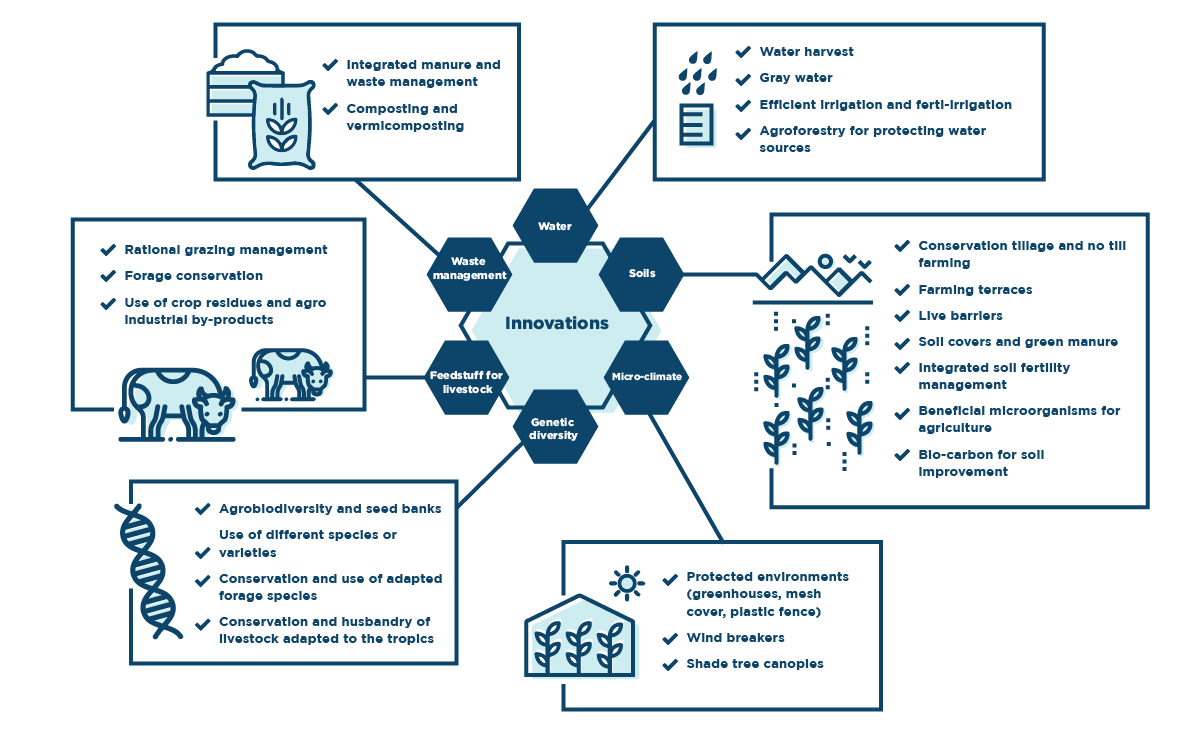

 Back to the project
Back to the project United States
United States Argentina
Argentina Bolivia
Bolivia Chile
Chile Colombia
Colombia Costa Rica
Costa Rica Dominican Republic
Dominican Republic Ecuador
Ecuador Honduras
Honduras Nicaragua
Nicaragua Panama
Panama Paraguay
Paraguay Peru
Peru Spain
Spain Uruguay
Uruguay Venezuela
Venezuela

